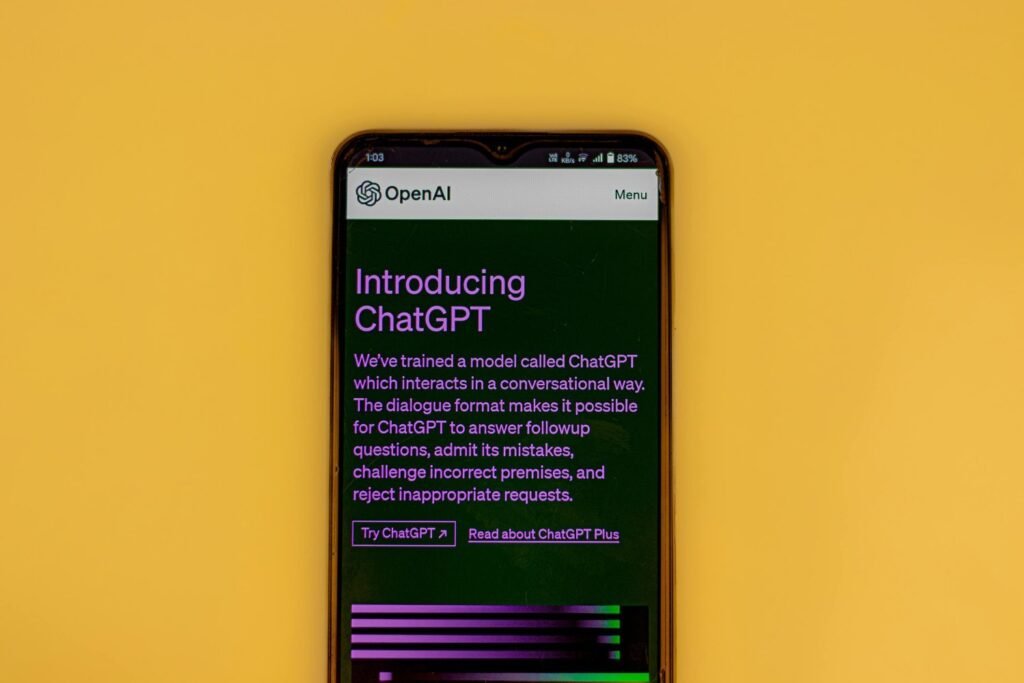“A Shocking Blackout: The Secret Saga of ChatGPT’s Worldwide Crash and Its Mysterious Aftermath”

In the wee hours of June 10, the world’s most popular artificial intelligence suddenly went offline without warning. ChatGPT, along with several associated platforms, experienced a global outage that has left many users stranded without access to crucial services. The responsible company is already working on the issue, but the confusion and search for alternatives are in full swing. In this article, we’ll take you through what happened and what you can do if you’re affected.
### The Big Crash: ChatGPT Goes Dark
It all started around 3 am (US Eastern Time) when users began to realize that ChatGPT was unresponsive or showing error messages. Whether on the web version or the app, the dreaded message “Hmm… something seems to have gone wrong” popped up. Reports from all over the world flooded in quickly.

Tools like Downdetector confirmed a significant spike in errors and delays in OpenAI’s services. The company’s status page reported “elevated error rates and latency” across multiple platforms. While they acknowledged the issue, no technical details about its origin were shared.
The problem also affected Sora, OpenAI’s text-to-video tool, and the APIs used by developers worldwide. Even the Perplexity search engine, which relies on AI, experienced constant slowdowns and errors, hinting at an internal failure with widespread effects.
### Social Media Buzzes, OpenAI Stays Mum
X (formerly Twitter) and Reddit were flooded with messages of frustration and bewilderment. Users worldwide shared error screenshots and tales of endless waiting. Some fortunate ones managed partial access, albeit with sluggish chatbot responses.
Meanwhile, OpenAI remained tight-lipped about the root cause. In their latest update, the company mentioned “investigations” but offered no concrete timeline for full service restoration. The lack of transparency fueled speculation and uncertainty.
### Explore Alternatives when ChatGPT is Out
With ChatGPT out of commission, other chatbots offering similar or specialized functions have stepped up. Some noteworthy options include:
– **Microsoft Copilot**: powered by GPT-4, it features image generation with DALL-E and updated responses. Just need a Microsoft account.
– **Google Gemini**: previously Bard, it operates with the LaMDA model and allows tone adjustments in responses.
– **LLaMA 2**: from Meta, ideal for open-source enthusiasts with strong reasoning capabilities.
– **LuzIA**: tailored for WhatsApp or Telegram users, enabling text/voice chat and even drawing generation.
– **Poe**: Quora’s creation provides access to various AI models through a tiered system.
– **YouChat**: combines AI with search functions from the You.com engine.
– **AnonChatGPT**: an anonymous GPT-3 version without registration or history tracking.
– **Character AI**: specializes in crafting virtual characters for lively dialogues.
As uncertainty looms over ChatGPT’s return to normalcy, these alternatives offer viable solutions, at least for the time being.




